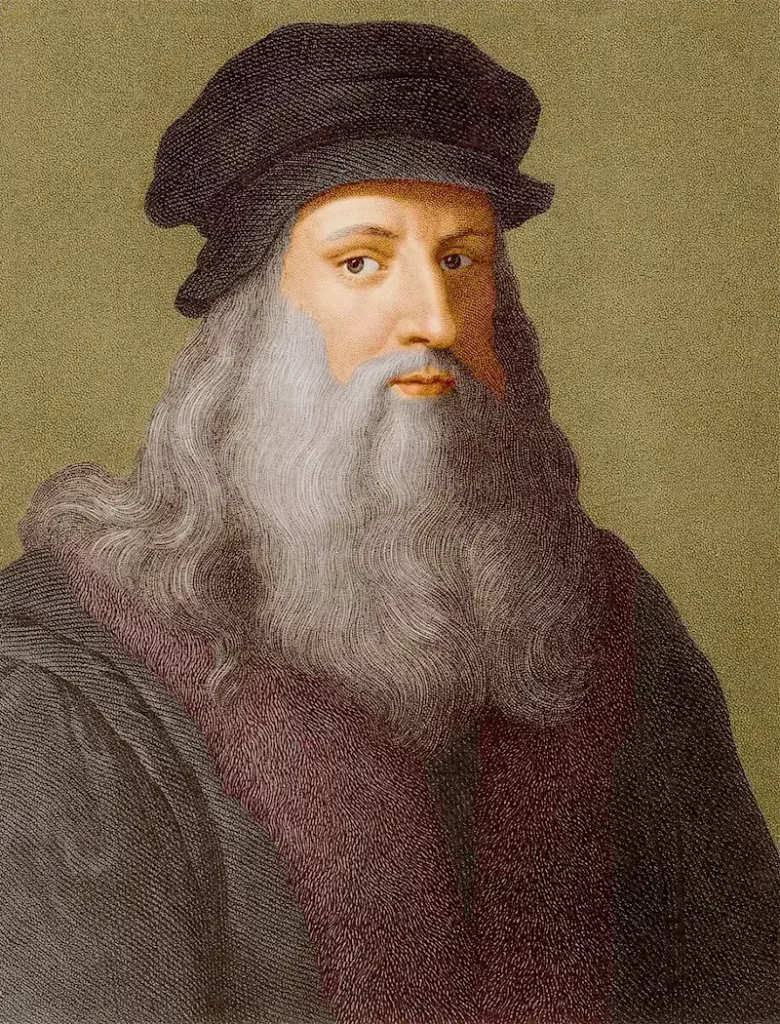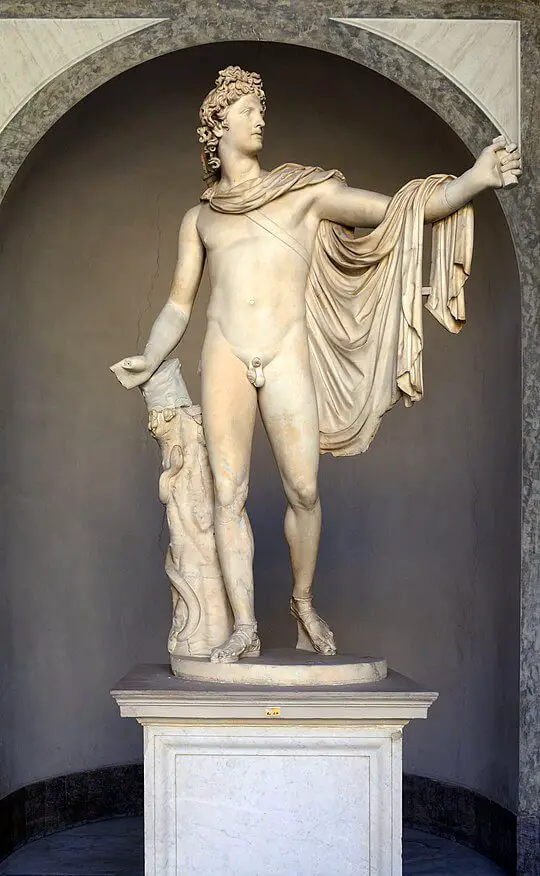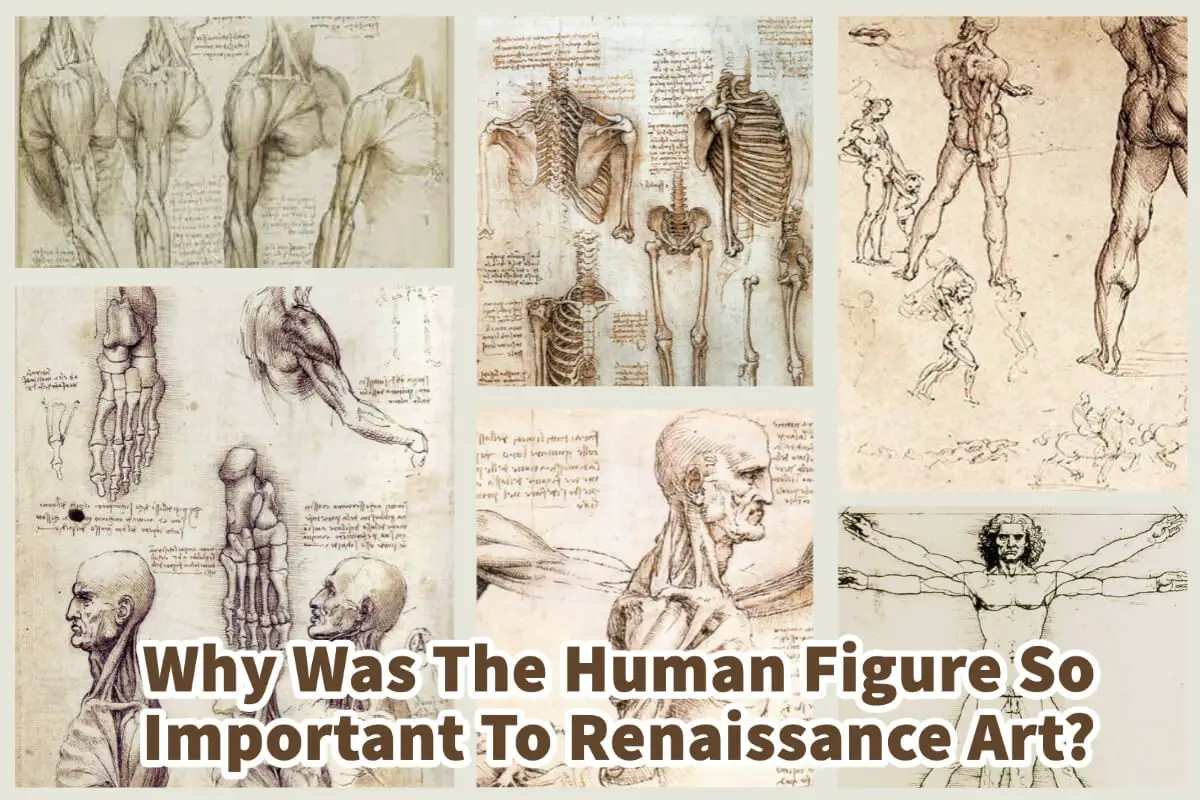Many things influenced Renaissance artists, and one of the most important things that they were influenced by was the human body or human figure. This could be seen in the realism of their artistic work.
The human figure was significant to Renaissance artists and showed the realistic human form. The artists understood that to show the human form adequately, they needed to study it and understand it. The classical statues of Greek and Rome greatly influenced these Renaissance artists and their desire to depict the perfect human form.
Table of Contents
The Study Of The Human Figure And The Renaissance
We must examine Renaissance artists’ fascination with the human body when discussing them. The Italian Renaissance artists became anatomists by necessity as they attempted to create more realistic portrayals of the human figure.
This realism and the perfection of the human form drove and inspired the Renaissance artist. So it’s entirely by necessity that they also started to study anatomy by dissecting human bodies.
At the same time, these artists lived in a very restricted world where dissecting bodies was not highly regarded and could be punishable.

Leonardo da Vinci is said to have personally dissected over 30 human cadavers. He took a very scientific and systematic approach to studying the human body, writing everything down in his notebooks and sketching out what he found.
Another Renaissance artist, Michelangelo, also started to dissect human bodies at the age of 18. Like Leonardo da Vinci and Michelangelo, he examined these bodies to become familiar with the anatomy of the female and male bodies.
Renaissance Unique Relationship Between Physicians and Artists
The Renaissance brought this unique relationship between the physician and the artist. The physician and the artist were interested in the human body and figure.
Artists like Michelangelo and Leonardo da Vinci were very interested in learning about the human figure for their art and often observed physicians at work. They did this as I wanted to learn about the muscle and bone structure and the body parts’ layers.
Many of these same physicians wanted to contract the artist to draw illustrations of the human body and what they were learning with their anatomy. The Gutenberg printing press was invented about 1440, which allowed books to be published, and among some of these books were medical journals that needed artist illustrations.
Many of these artists got involved in dissections of human cadavers to draw what was discovered and learn about the human body.
One of the most notable artists who contributed to medicine was Leonardo da Vinci and his work and discoveries about the human body that he wrote down in his many notebooks.
Greek And Roman Influences And Renaissance
The Renaissance artists, in a sense, continued where the Greek and Roman artists had left off with the study of the human form. The Greek and Roman artists believed in correct proportions of the human body as an essential part of their artistic study.

The Renaissance artists were influenced by the Greek and Roman artist and their attention to detail and realism of the human form. The classical Greek statue of Apollo Belvedere showed the perfect human form and the power of using muscles realistically.
The ancient Greek and Roman artists focused on the youthful bodies of people in the prime of life. Ancient sources show that these artists used these models to help them study the details of the body and the way it should look and move.
The Renaissance artists were not all influenced by the Greek and Roman artists and their detail and realism of the human body, but they also saw themselves as scientists. Artists like Leonardo da Vinci contributed to medicine.
Leonardo da Vinci seems to have spent far more time in his scientific discoveries than as an actual artist. He left us his scientific notebooks but not many works of art.
Leonardo da Vinci was the first to dissect a female body to understand how a fetus grows within the body.
Leonardo was very methodical and organized in his anatomy and the human body. His contribution to medicine and science can never be underestimated.
The Renaissance artists saw themselves as more than manual labor to make a statue or paint a mural on the wall. These artists saw themselves as professionals who based their work on science, math, and anatomy.
The Renaissance artists understood that their scientific intellect mattered just as much as their artistic hands.
We owe much of our understanding of the human body to these early Renaissance artists. They were organized in their study, showing how seriously these Renaissance artists took their work to learn about the human body, discover more about it, and draw out realistic portrayals.
These Renaissance artists took their work to learn about the human body and then painted realistic paintings as part of their art. For them, the study of the human figure was critical.
Anita Louise Art is dedicated to art education, great artists, and inspiring others to find and create their art. We love art that uplifts and inspires. #ArtToMakeYouSmile! #ArtToMakeYouHappy!
If you are interested in seeing any of my art, you can find out more by clicking here. If you are interested in what inspires me and my paintings, you can discover more by clicking here.
We have a free newsletter and would love you to be part of our community; you can subscribe to the newsletter by clicking here. If you have any questions, I would be happy to talk to you at any time. You can reach me, Anita, by clicking here.
Subscribe to our Anita Louise Art YouTube Channel filled with great videos and information by clicking here.
Join us for our podcast “5 Minutes With Art.” Spend 5 minutes a week with us to discover and learn about great art and artists. You can find out more about our podcast by clicking here.
Frequently Asked Questions
Why did Renaissance artists focus so much on the human figure in their artwork?
Renaissance artists believed in the revival of classical ideals, and the human figure was considered the epitome of perfection. By studying and depicting the human form, they aimed to capture beauty and realism in their works.
How did classical statues from Greek and Roman antiquity influence Renaissance artists?
Classical statues served as a source of inspiration for Renaissance artists. These ancient sculptures depicted idealized human forms, emphasizing physical beauty, balance, and proportion. Renaissance artists sought to emulate these qualities in their own representations of the human figure.
What role did anatomy play in the importance of the human figure in Renaissance art?
Renaissance artists delved into the study of anatomy to gain a deeper understanding of the human body. This knowledge allowed them to portray realistic anatomical details in their artwork, contributing to the lifelike quality of their representations.
Were there specific artists who were particularly influential in showcasing the importance of the human figure in Renaissance art?
Artists such as Leonardo da Vinci, Michelangelo, and Raphael were pivotal in emphasizing the significance of the human figure. Their masterpieces showcased meticulous attention to anatomical accuracy and idealized proportions, setting the standard for their contemporaries.
How did the human figure symbolize Renaissance ideals of humanism and individualism?
The emphasis on the human figure in Renaissance art reflected the era’s humanistic values. Artists celebrated the individual, exploring emotions, expressions, and the uniqueness of each human being in their works.
Did religious beliefs play a role in the importance of the human figure in Renaissance art?
Yes, religious themes were prevalent in Renaissance art, and the human figure served as a powerful means to convey spiritual messages. Artists depicted biblical figures with heightened realism, aiming to evoke a deeper connection between viewers and the divine.
What techniques did Renaissance artists employ to achieve realism in their depictions of the human figure?
Renaissance artists utilized techniques such as chiaroscuro (light and shadow), perspective, and careful observation of the natural world to achieve realism. These methods contributed to creating lifelike and three-dimensional representations of the human form.
How did the portrayal of the human figure in Renaissance art differ from medieval art?
In contrast to medieval art, which often featured stylized and symbolic representations, Renaissance artists focused on capturing the natural and realistic aspects of the human figure. This shift marked a departure from the more abstract and symbolic medieval approach.
Were there specific themes or narratives commonly associated with the depiction of the human figure in Renaissance art?
Renaissance artists explored a wide range of themes, including mythology, biblical stories, and historical events. The human figure served as a versatile medium through which artists could convey narratives, emotions, and the complexities of the human experience.
How did the Renaissance concept of “ideal beauty” manifest in the portrayal of the human figure?
The Renaissance ideal of beauty emphasized proportions, symmetry, and grace. Artists sought to depict the perfect human form, drawing inspiration from classical ideals. This pursuit of ideal beauty is evident in the harmonious and balanced compositions of many Renaissance artworks.
Related Questions
British Renaissance Artists And Art
The Renaissance in Britain, known as the English Renaissance, took place from the early 16th century to the early 17th century. It took place later than the Italian Renaissance. It was also a complicated renaissance movement, and paintings were not emphasized as much as music and literature. One of the famous artworks that did come out of this era was portrait miniatures.
By clicking here, you can learn more by reading British Renaissance Artists And Art.
Greek And Rome Influence On Renaissance Art
The Renaissance, as a period of rebirth, was greatly influenced by the classical ancient art of Greece and Rome. During this period, many of these works of art were also rediscovered, which led to the discovery of realism, symmetry, and harmony in the arts. Greek and Roman art also influenced the subject matter of many of the Renaissance artists.
By clicking here, you can learn more by reading Greek And Rome Influence On Renaissance Art.


